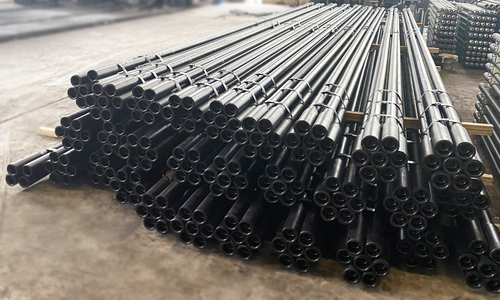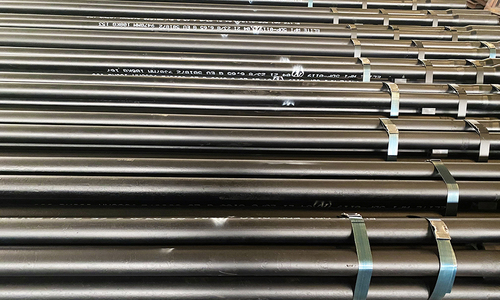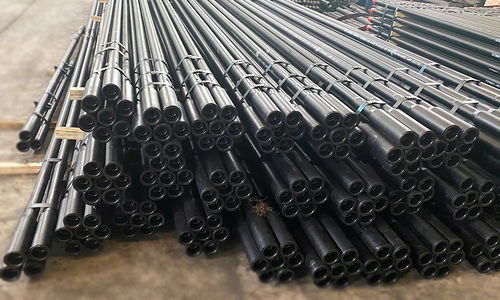Drill pipes are crucial for oil drilling
They are super important in oil and gas drilling, basically the "backbone" of the whole setup. They are what connects the Drilling Rig up top to the drill bit way down in the well. Without them, we would not be able to get oil and gas out of the ground at all.

They have got some key jobs:
1. Spinning the Bit: The drill rig sends power down through the drill pipe, making the drill bit at the bottom spin and break up the rock. That's how we drill!
2. Moving Drilling Mud: Drilling fluid goes down inside the pipe to cool and lubricate the drill bit. It also carries all the rock cuttings back up to the surface, keeps the well walls stable, balances the pressure downhole, and stops blowouts.
3. Holding the Weight: Drill pipes have to handle the weight of the entire drill string, plus all the pulling and pushing forces during drilling.
4. Getting Deeper: We just keep adding more drill pipes to make the string longer, so the well can go deeper and deeper.
What Are They Made Of:
1. The Pipe Itself: It's made from seamless steel, usually about 9-11 millimeters thick.
2. The Connectors: These are the thicker parts at the ends, often 2-3 times thicker than the pipe body. They are how one pipe connects to another, and they are built to transfer all that torque and weight. They are usually made from high-strength alloy steel and specially heat-treated to make them super tough.

Different Kinds of Drill Pipes:
1. Heavy Weight Drill Pipe: This one's kind of a middle ground between regular drill pipes and drill collars. The pipe body is 2-3 times thicker than a normal drill pipe. It's used as a transition piece between the stiff drill collars and the more flexible drill pipes to reduce stress and prevent damage. In directional drilling, HWDP can also help steer the well.
2. Kelly: This is the very top section of the drill string, and it has a square or hexagonal shape. It fits into a special "kelly bushing" on the rig's rotary table, which then spins the entire drill string. It also allows the drill string to move up and down as it drills.
3. Stabilizer Drill Pipe: These pipes have straight or spiral ribs along their length. They are used to provide extra support during drilling and help keep the wellbore straight or on its intended path.
To make them last longer, we need to:
1. Pick the Right Material: Choose the correct steel grade and corrosion protection based on the conditions in the well.
2. Inspect Thoroughly: Before every trip in and out of the well, and during drilling, the pipes and connectors need to be carefully checked for any flaws.
3. Operate Gently: Avoid rough handling to prevent unnecessary shocks and twisting overload.
4. Maintain Threads: Always apply special thread compound to protect the threads from wear and corrosion.
5. Prevent Corrosion: Add corrosion inhibitors to the drilling mud and regularly repair the inner coating and check the wear bands.

Click the link contact us to learn more about our products and deals!
oil drilling pipe, oil drill pipe


